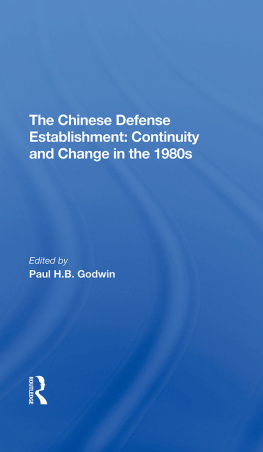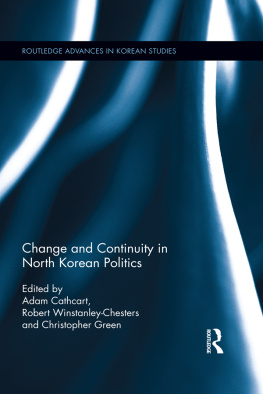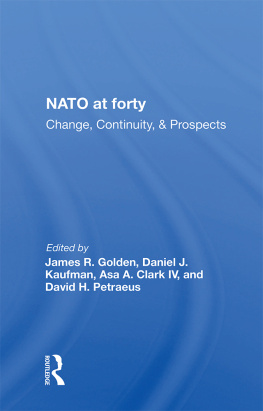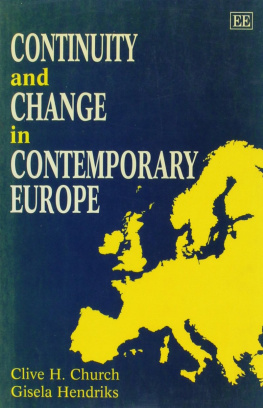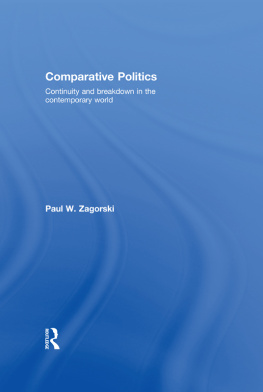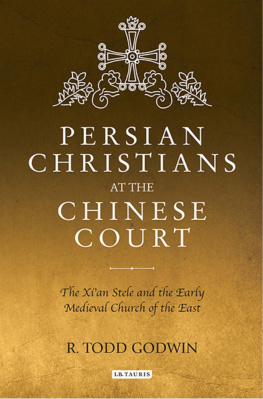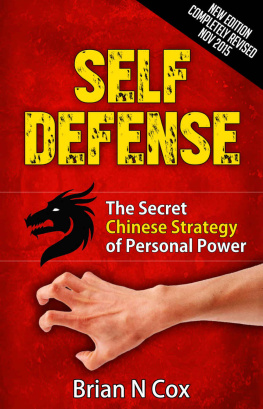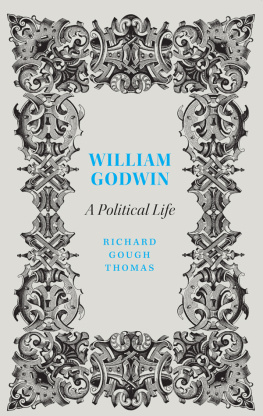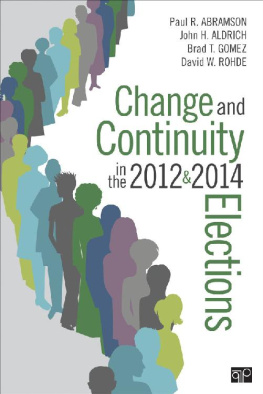The Chinese Defense Establishment
Also of Interest
China as a Maritime Power, David G. Muller
China Briefing, 1982, edited by. Richard Bush
China's Decision for Rapprochement with the United States, 1968-1971, John W. Garver
China: A Political History, 1917-1980, fully revised and updated edition, Richard C, Thornton
China, the Soviet Union, and the West: Strategic and Political Dimensions for the 1980s, edited by Douglas T. Stuart and William T. Tow
China in World Affairs: The Foreign Policy of the PRC Since 1970, Golam W. Choudhury
China's Quest for Independence: Policy Evolution in the 1970s, edited by Thomas Fingar and the Stanford Journal of International Studies
The Chinese Military System: An Organizational Study of the Chinese People's Liberation Army, second, revised edition, Harvey W. Nelsen
Military Power and Policy in Asian States: China, India, Japan, edited by Onkar Marwah and Jonathan D. Pollack
From Muskets to Missiles: Politics and Professionalism in the Chinese Army, 1945-1981. Harlan W. lencks
Technology, Politics, and Society in China, Rudi Volti
China Among the Nations of the Pacific, edited by Harrison Brown
Available in hardcover and paperback.
The Chinese Defense Establishment: Continuity and Change in the 1980s
edited by Paul H.B. Godwin
First published 1983 by Westview Press, Inc.
Published 2019 by Routledge
52 Vanderbilt Avenue, New York, NY 10017
2 Park Square, Milton Park, Abingdon, Oxon OX14 4RN
Routledge is an imprint of the Taylor & Francis Group, an informa business
Copyright 1983 Taylor & Francis
All rights reserved. No part of this book may be reprinted or reproduced or utilised in any form or by any electronic, mechanical, or other means, now known or hereafter invented, including photocopying and recording, or in any information storage or retrieval system, without permission in writing from the publishers.
Notice:
Product or corporate names may be trademarks or registered trademarks, and are used only for identification and explanation without intent to infringe.
Library of Congress Cataloging in Publication Data
Main entry under title:
The Chinese defense establishment.
(Westview special studies on East Asia)
Includes index.
1. ChinaDefenses. I. Godwin, Paul H.B. II. Series.
UA835.C449 1983 355'.033051 83-5834
ISBN 13: 978-0-367-29081-8 (hbk)
Contents
Part 1
National Security and Defense Policy
, Jonathan D. Pollack
, Paul H.B. Godwin
Part 2
The Industrial Base
, David L. Shambaugh
Part 3
Leadership and Management
, Richard J. Latham
, William R. Heaton
Harvey W. Nelsen
Part 4
The Militia
June Teufel Dreyer
In late March 1980, the contributors to this volume organized a panel at the national meeting of the Association for Asian Studies that had as its central purpose a discussion of the modernization of China's defense establishment. It was evident at the time that such modernization was viewed by the Chinese as being part of a complex decision-making process that involved both their past experience in creating a modern military system and current issues of national security and economic development. As in the past, there were no easy choices. The process of determining the direction, pace, and cost of modernizing the defense establishment had generated considerable debate and disagreement since the early 1970s, and it was not until the end of the decade that reasonably precise predictions could be made about the choices that had been selected.
It was quite evident that even though the Chinese People's Liberation Army (PLA) had had considerable experience with modernization, both in terms of the utilization of external assistance between 1950 and 1960 and in terms of its own efforts after the split with the USSR, the decade of the 1980s had brought with it new problems. The effort of building a modern force structure and defense establishment out of the sprawling semiguerrilla army that had defeated the Nationalist forces in the civil war of 1946-1949 had resulted in a complex military system with a web of supporting defense industries. After 1960, however, with the exception of the nuclear weapons program, much of the defense establishment had stagnated. This stagnation was compounded by the involvement of the PLA in the politics of the Great Proletarian Cultural Revolution and by Lin Biao's aborted military coup in the fall of 1971. When the issue of defense modernization broke into open debate in the mid-1970s, it soon became evident that the entire military system was in need of extensive overhauling. In addition to the questions of weapon system and military equipment modernization, basic questions of national security strategy, military doctrine and strategy, professional military education, management of the military system, force structure, and relations of the military with society were all under review.
Changes in the relationship between the armed forces and the Party and government structures are also under way as the 1982 constitution continues the post-Mao policy of separating Party and state responsibilities. The constitutions of 1975 and 1978 had formalized the de facto authority of the Party over the armed forces by designating the chairman of the Chinese Communist Party Central Committee (CCP CC) as commander in chief of the PLA. Because the CCP CC chairman was also chairman of the Central Committee's Military Commission, real control of the armed forces was in the hands of the Party. The 1982 constitution created a Central Military Council, with a chairman elected by the National People's Congress, to head the armed forces. The chairman of the CCP CC is no longer designated commander in chief. Thus, under the new constitution, legal authority over the armed forces has been moved from the Party to the government. What this reorganization will mean in actual practice remains to be seen, but the changes that are under way are not without significance.
The decade of the 1980s, therefore, could well witness the second major transformation of the Chinese military establishment. A strategic alignment with the Western powers as part of the redefinition of China's national security strategy and a major overhaul of the PLA's military doctrine and strategy has led to a critical review of the Chinese military system. It is the purpose of this volume to analyze the changes being sought and to look at the problems and prospects of the Chinese defense establishment through this decade.
Paul H.B. Godwin
Part 1
National Security and Defense Policy
1
Rebuilding China's Great Wall: Chinese Security in the 1980s
Jonathan D. Pollack
Introduction
For China's leaders and external observers alike, the issue of national security is a pivotal and fascinating topic. China's vulnerability to external pressures or outright military attack has been a vital leadership concern since the earliest months of the People's Republic of China (PRC). At times of national crisis, these concerns have commanded the attention of Beijing's ranking decision makers. Security issues have frequently been the object of leadership debate and policy conflict in the PRC. Five key questions related to the acquisition and use of modern armswhat to acquire, how much, how quickly, by what means, and for what purposeshave recurrently been the source of disputes among political and military leaders. The form and extent of political alignments with external powers (both adversaries and allies) have also provoked controversy and division at the highest policymaking levels.


